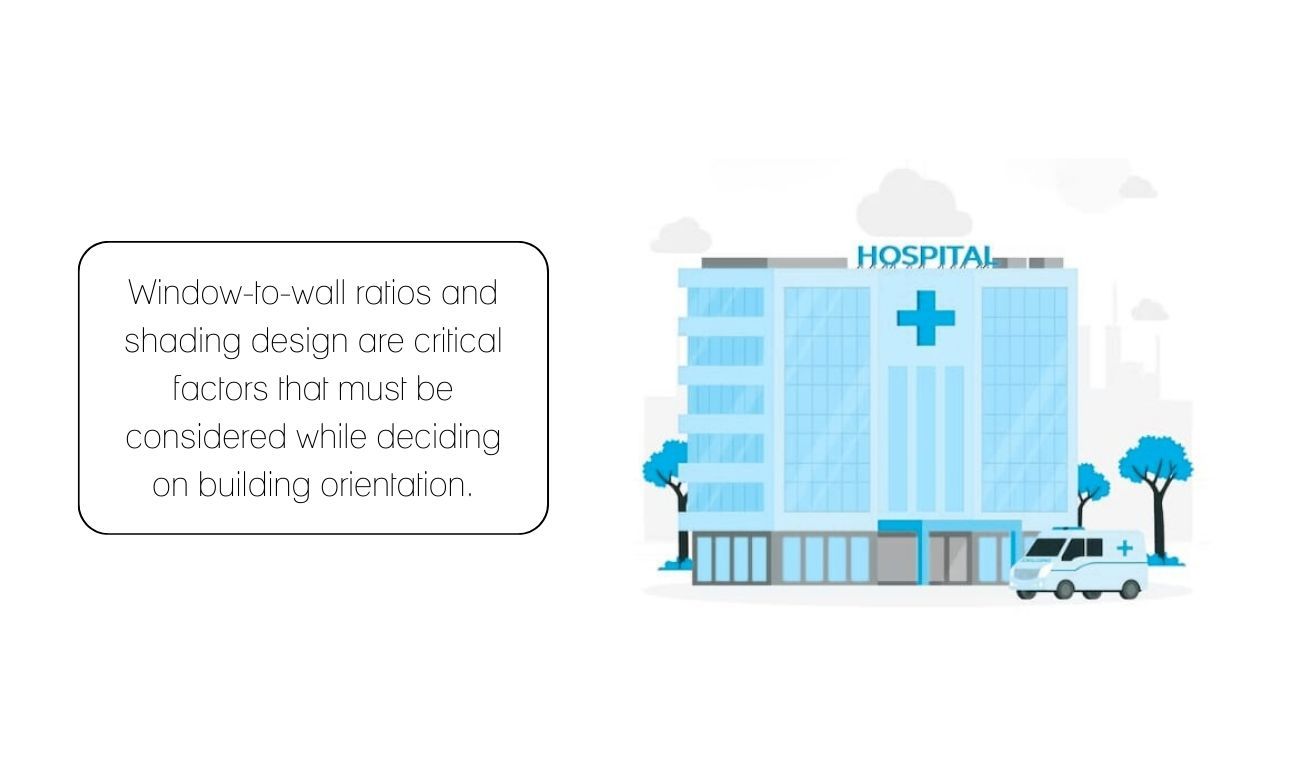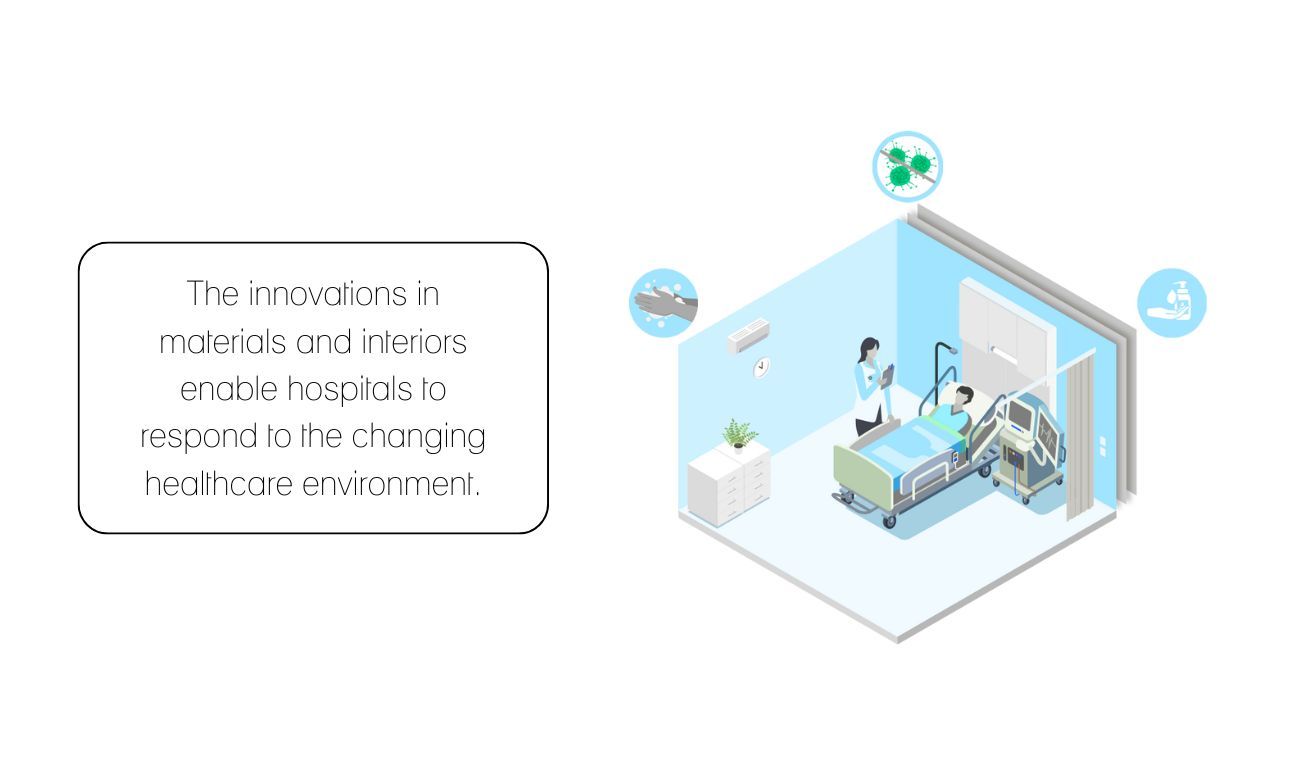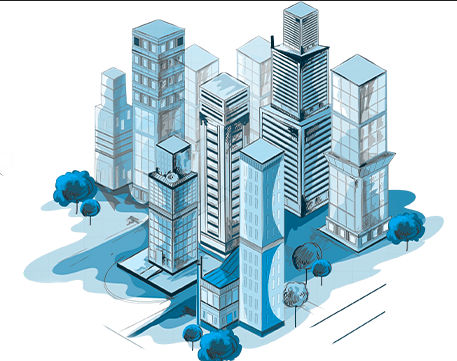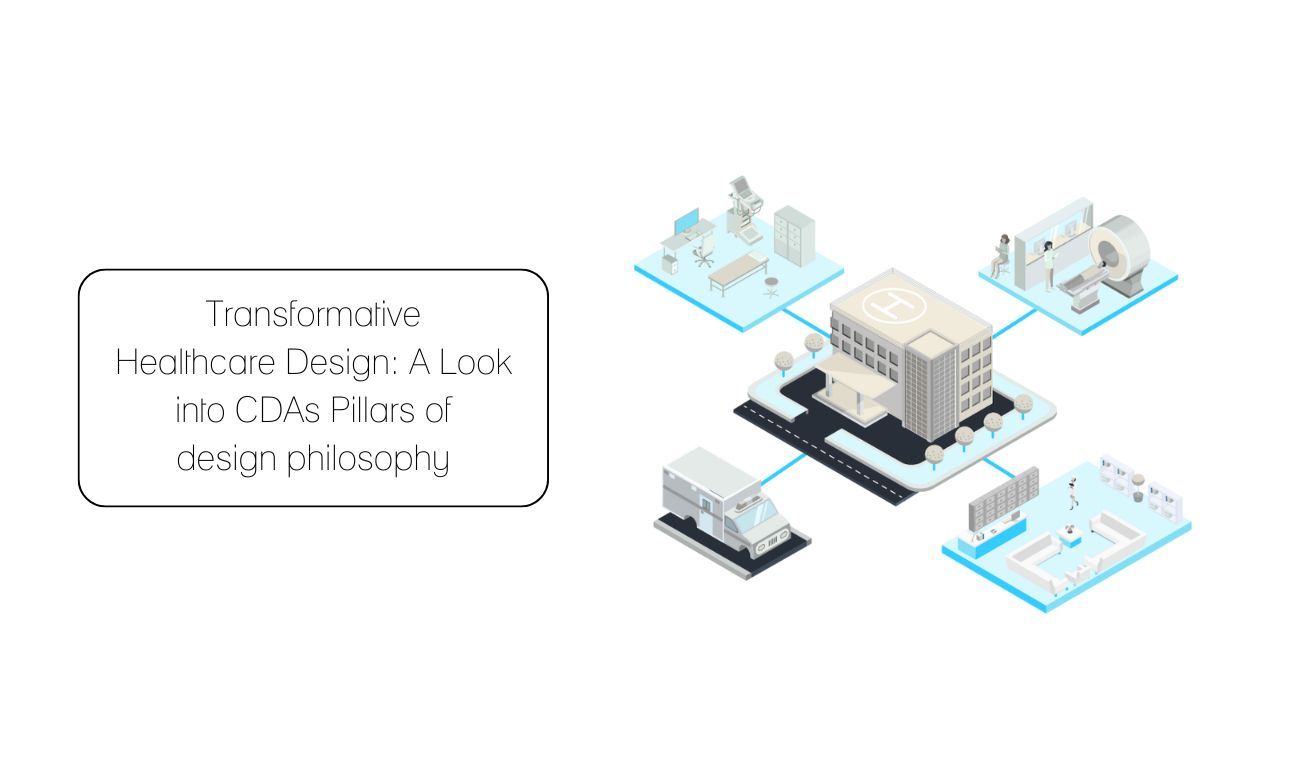

27-10-2022
Designing Intelligent Facades & Fenestrations Ravideep Singh

The façade is the outer envelope of any building, and fenestrations are the arrangement of openings such as windows and doors. Despite being located on the exterior of a building, facades and fenestrations control many aspects of the interior. Apart from serving an aesthetic function, they are designed to provide thermal comfort to the users of the building. With the challenges of climate change and the obvious demand for sustainable design, it has become crucial for architects to design the building skin and its components accordingly.
Ossam Clinic, New Delhi
Key Factors in Facade Design
There are several factors to be mindful of while designing and installing facades and fenestrations. The first such factor is building orientation for optimal daylighting design. Window-to-wall ratios and shading design are critical factors that must be considered while deciding on building orientation.
The second factor is operational efficiency. Architects and designers must conduct building energy simulations for optimal thermal insulation to regulate the heating and cooling loads and plan the respective size of HVAC equipment accordingly. Additionally, ease of operation and maintenance is an essential factor that should be considered while designing facades to curate elements with better life cycle performance.
Facade for Santosh Children’s Hospital, Bilaspur
Thirdly, structural stability must be considered. To ensure optimal stability in the structure, the façade system should be designed for all components of lateral loads, including wind and earthquake loads, along with all dead and live loads. Further, in glazing and cladding systems, careful detailing towards climate-proofing should incorporate water drainage through built-in gutter sections, weather seals and designed slopes.
Energy-efficient and Sustainable Facades
The façade is the first interface of the building with the environment and its adversities. Based on the latitude and longitude of the site, the building envelope should be capable of dynamically modulating the climatic extremes such as temperature fluctuations, wind pressures, seismic forces etc., in an integrated manner. The material constituents that make up the façade assembly should be selected on a macro level based on their embodied energy and its life cycle impacts.
Krishna Chemicals, Raipur
Further, it is also crucial to analyse how the façade interacts with other components of the ecosystem, avoiding adversities such as bird strikes, blinding glare etc., using appropriate fenestration sizing, design and treatments. For instance, in our healthcare design project for the Max Super Speciality Hospital, Vaishali, the east, west and north facades are left to maximise natural daylight conditions allowing penetration into the interior spaces.
Max Super Speciality Hospital, Vaishali
An intelligent façade is expected to operate with a high degree of flexibility in carefully regulating the interaction between the building indoors and the external environment. For example, a holistically designed smart building can utilise air-conditioning only when needed by intensifying natural ventilation whenever the weather allows. This feature curates a realm where mechanical systems are employed when required without compromising occupant thermal comfort and indoor air quality.
While designing the facade for our hospital design project Yashoda Medicity, Indirapuram, we addressed each face of the building envelope in accordance with the directions and sun movement. Therefore, it is of utmost importance to assess the external conditions and design facades and fenestration based on climatological factors.
Yashoda Medicity, Indirapuram
Facade & Cladding Material Technologies
Façade design trends in India have witnessed a massive push in terms of design ethos, materiality, and the functionality facades embody. Better thermal performance of newer materials and technologies has been the focus, including higher system insulation, lighter component and assembly weight, improved aesthetics, and life cycle performance.
Aakash Healthcare, Delhi
The prevalent trends include electricity-generating solar glass, lightweight composite terracotta, ceramic claddings and intelligent façade systems integrated with the central BMS. Such systems auto-regulate the light penetration and ventilation based on outdoor air quality and a robust network of IoT (Internet of Things) and analytics.













